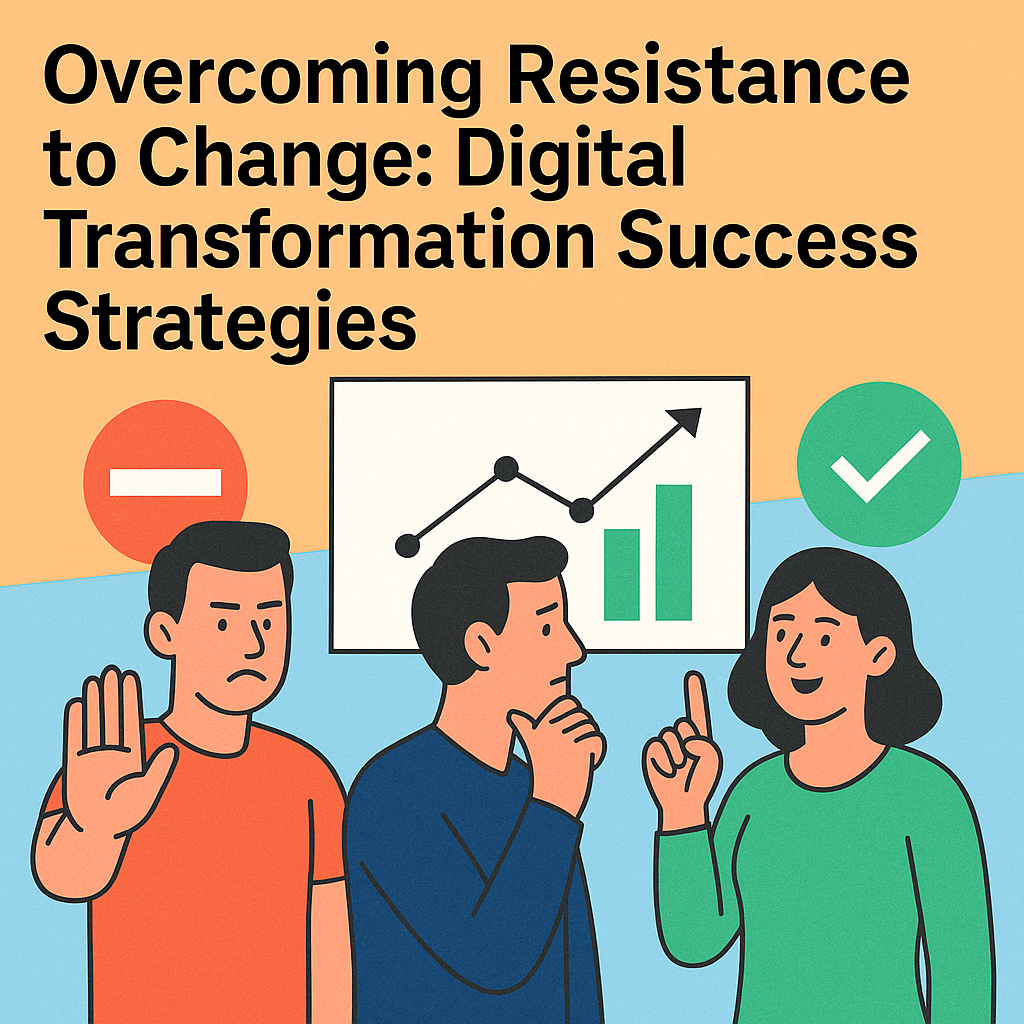Let's be honest, this time of year can be a stressful one - whether it's wrapping everything up for the Christmas break (pun intended), thinking about what gift to buy for your great aunty twice removed, or prepping for the office party, it can all be, well, a lot! So we thought it would be the perfect opportunity for a bit of light relief where we could share some little known Christmas facts, dig into what Christmas of 2023 might look like, and offer a bit of advice on what you can do to make the festive period better for you and the planet!
Christmas Spending
Amazon received 41 orders per second on its busiest day last Christmas!
With estimates suggesting that in the UK we'll spend around £84.9 billion in preparation for the big day, we're by far and away the biggest spenders in Europe. Next behind us in the spending stakes is Germany, dropping around £73.74 billion on the festivities, and as for the last of the big spenders? That would be Belgium with estimates suggesting people will fork out around £9.72 billion over Christmas 2023.
Curious where people get gift ideas? Well, it turns out that most Brits get their Christmas gift inspiration from online browsing, according to 67 percent of those surveyed. Amazon is also a big hit, with over a third of people finding gift ideas there. A smaller group mentioned social media (13 percent) and influencers (5 percent) as their sources of inspiration, and as for how we buy? 64% of people responded that they use their smartphone, before hitting the shops in person.
If you're not so keen on that purple knitted tea cosy Sheila from accounts bought you this year, you're not alone ... it's estimated that around 57% of us will plan on re-gifting a present that we've been given!
And as for the most desired Christmas gifts for 2023 ... data from Statista suggests that most of would be happiest with a voucher, or money, while 7% are hoping for furniture and 17% have their fingers crossed to be given the gift of travel ... anyone up for jetting off to sunnier shores on boxing day!?

Got family and friends up and down the country? Research has found that people in London spend the most money on Christmas, while those in the North East, Yorkshire and Humberside spend the least ... check out the table below to see who's most likely to splurge and who's most likely to save!

If you're looking for more environmentally conscious purchases this year, you're in good company. It's estimated that around 43% of consumers are actively seeking out sustainable gifts. There are loads of options out there, but we love what's on offer from the WWF and Natural Collection, and check out Business Waste's idea's for 20 Zero Waste Present Ideas. Be sure to investigate companies environmental, sustainable and social commitments and buy from people who align with your values and expectations.

Christmas Food
Approximately 66% of people admit to buying too much Christmas food that ends up in the bin
If you've been thinking about how to have a more eco-friendly Christmas, then the food and drinks you purchase are a great place to start ... with around 230,000 tonnes of waste produced each year, it's something we should all try to reduce.
If we break that down a bit more, it's estimated that approximately 7.5 million mince pies will go to waste, 740,000 portions of Christmas pudding and 11.7 million roast potatoes! And as for everybody's favourite, the good old brussel sprout? We'll be buying 750 million of them but we'll only eat about half of that number. With this in mind it's always a good idea to plan your shopping well in advance, use a note on your phone, or research the best apps to help you make sure that you're only buying the things you really need!
If you laid out all the brussel sprouts bought at Christmas, they would stretch from London to Sydney!

Turkey is still the top meat choice for Christmas lunch, with about 10 million being cooked in the UK alone, with around 20% of these going to waste ... and the packaging impact is pretty substantial too - estimates suggest we'll be throwing away the equivalent of 30 blue whales in turkey packaging alone, that's around 3000 tonnes. However, there are more of us than ever seeking out plant-based alternatives to the traditional feast, and with loads on offer you're pretty spoilt for choice. If you're interested in some of the best options out there, check out Good Housekeeping's recommendations here. And for ideas on how to reduce your Christmas food waste, have a read of this article.
Our collective Christmas feasts have the same carbon footprint as a single car travelling around the world 6,000 times.
For those of you who'll be in the kitchen over Christmas building a gingerbread house, and like a little challenge ... The largest gingerbread house ever built was 18.28m long, 12.8m wide and 3.07m tall had an internal volume of 1,110.1 m³ (39,201.8 ft³) ... if you manage to beat that, please do send us a pic!
Now, when we talk about Christmas food, we have to talk about Santa... Most of us will leave him and the reindeers a little treat on Christmas Eve. But have you ever wondered how many cookies he'll go through in one night? Well, assuming he takes at least 2 bites per cookie, he'd go through a whopping 336,150,386 (very precise!)... And to wash it down? Estimates suggest that this year he'll drink around 500,000,000 glasses of milk. We can't forget about Rudolph and his friends either; they'll be munching down on 1,708,000,000 carrots to keep their energy levels up to deliver our presents on time!!

Christmas Entertainment
Businesses are estimated to have spent around £1.5 billion on Christmas adverts this year!
For some of us, Christmas doesn't feel complete until we've heard 'Holidays are Coming' and have seen the famous Coca-Cola convoy on our screens (and yes, it's true - Santa usually wore green before Coke changed his outfit forever!). For others, we eagerly await this year's festive advert offerings. But which advert is considered the best of all time? According to research by The Independent, the top spot goes to John Lewis's 2014 'A Long Wait', followed by Sainsbury's 2014 '1914', commemorating 100 years since WW1. For a bit of nostalgia, you can check out the top 12 adverts here.
With the upcoming Christmas parties, there's going to be a lot of karaoke! So, what will everyone be singing along to? 2000 people were asked what their belter of choice would be, and the results are in!
The UK’s top 5 Christmas sing-along songs
- Last Christmas - Wham!, 40% of respondents
- I Wish It Could Be Christmas Everyday - Wizzard, 32% of respondents
- Fairytale of New York - The Pogues, 29% of respondents
- All I Want For Christmas Is You - Mariah Carey, 27% of respondents
- It's Beginning To Look A Lot Like Christmas - Michael Buble, 18% of respondents
While we might love singing along with Wham, according to Guinness World Records, the best-selling single of all time is still “White Christmas” by Bing Crosby, with an estimated sales of over 50 million copies worldwide. The song was released in 1942 and has retained its title for over 50 years.

When you're thinking about planning your office Christmas party, it's a great opportunity to consider what changes you could make this year that will have a real environmental impact. Being mindful of plastic use, waste, and decorations can potentially make a big green difference. Also, when using lights, make sure they're LED lights... if everyone in the UK switched to using LED lights at Christmas, we'd save enough electricity to power 17,500 homes for a year! For more ideas on planning a greener party, check out this link.
Oxfam found that 61% of Brits don’t reuse their Christmas party outfit.
With almost 40% of us planning to do so on Christmas Eve, nothing says “Christmas” like snuggling up and watching your all-time favourite Christmas movie. So, what's everyone watching? Well, it turns out that Kevin McCallister's adventures in Home Alone is the top choice, with 21% saying it's their all-time favourite Christmas movie. This is followed by other Christmas classics like Elf (19%) and The Grinch (15%) in second and third place, respectively. And as for the annual debate about whether Die Hard is a Christmas movie? Well, 10% of us certainly seem to think it is!

Whatever you're doing over the holiday season, from all of us at Yopla, we wish you a wonderful, peaceful Christmas and all the best for the New Year. To everyone we've worked with this year, thank you ... and to all those we'll be working alongside next year, we can't wait to help make your business better!







